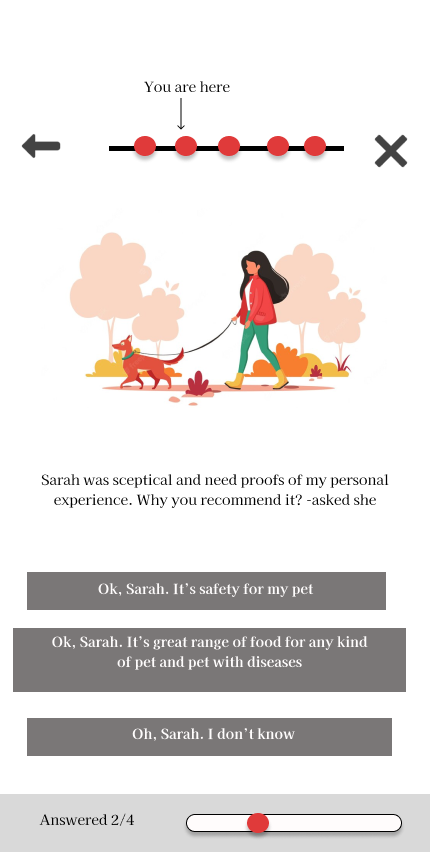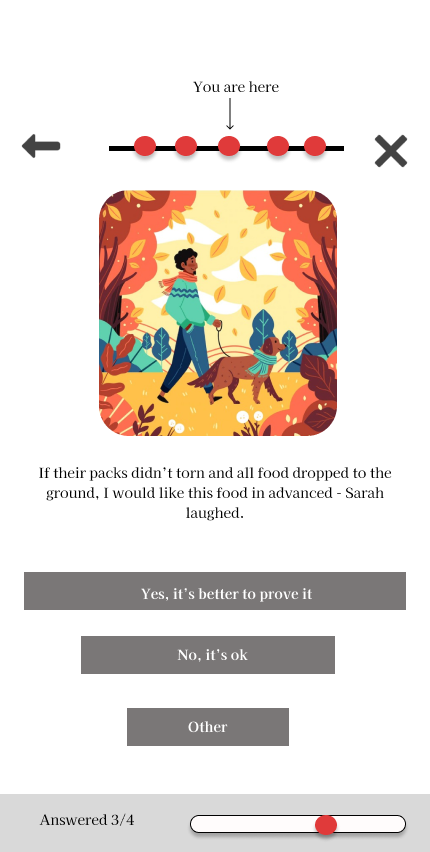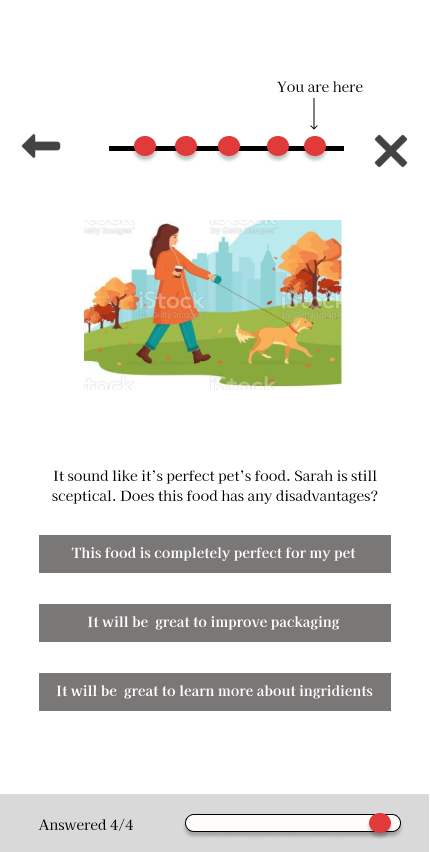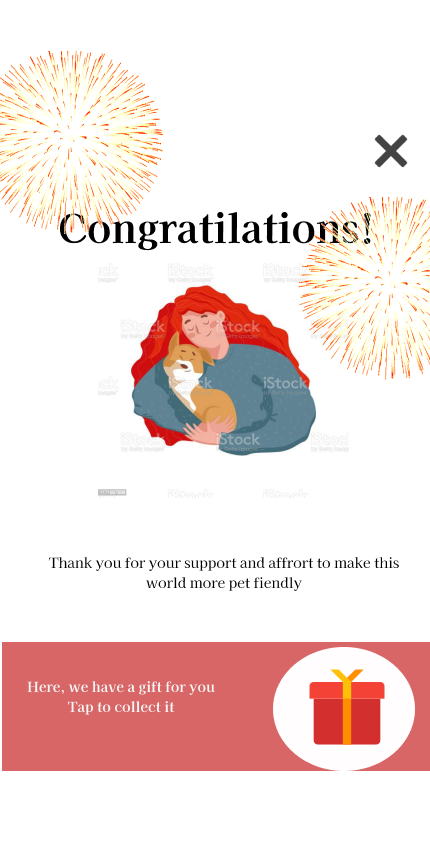Why does NPS need to be changed?
- It is a boring and similar design in all NPS surveys.
- I want more engagement and dialogue with my user
- Time is money. I don’t want to waste my time writing why your product is not best for me or vice versa. Only in the case when I’m so happy with your product’s experience or so upset with my product interaction, I will write about it.
- Most important – some median scores like 5 or 6 without any text support didn’t give UX researcher any useful data about users, their experience or product interaction.
Thus, we need our red pill.
Have you ever thought about the reason for the popularity of computer game “Sims”? Users are engaged with the game, they can build new opportunities and get prizes for their efforts. Just the same thing we have in mobile app “My story” which not only engaged people by creating their own worlds but tell stories that user can choose different ways to resolve problems and have various ends of the game.
Let’s try to extrapolate these two things (engagement and storytelling) to our NPS survey. Also, I expanded the scope of this survey and made it more useful for UX researcher. For this purpose, I added to general questions special questions.
For example, I use the profile of Purina company and their target audience – cat and dog owners.
Let’s see how it works.











